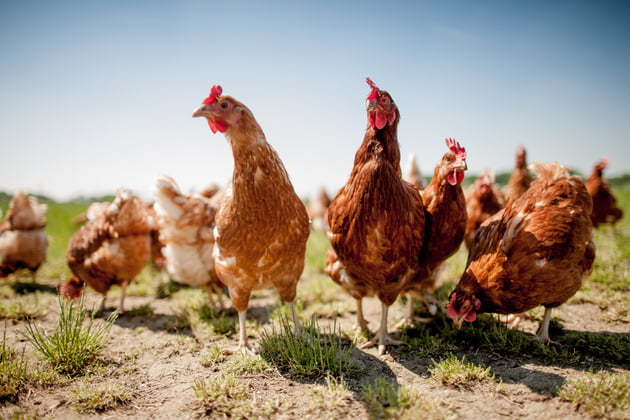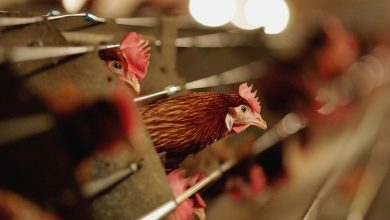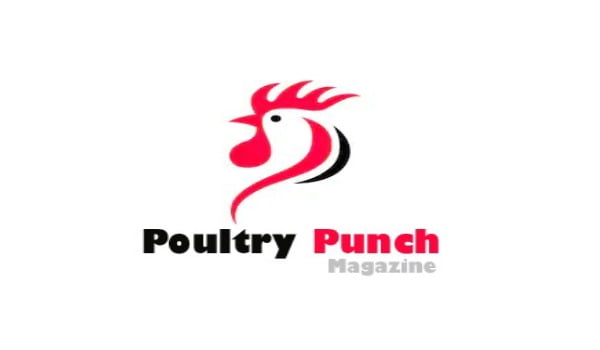A COMPLETE GUIDE FOR POULTRY INSURANCE IN INDIA

Gurpreet Kour, Shyamsundar Pawale, Amarjit Bisla, Bilawal Singh, Pranav Kumar and Amandeep Singh
1.GADVASU, Ludhiana, Punjab, 2. ICAR-IVRI, Izatnagar, Uttar Pradesh, 3. SKUAST-Jammu, Jammu & Kashmir, 4. Sheep Husbandry Department, Jammu.
Introduction
Poultry farming is a volatile business in India, in which there is usually a possibility of huge profits as well as losses. In the event of death of poultry, the farmer suffers loss of income and disruption in the rearing program. If the loss exceeds a specified limit, then poultry insurance compensates the farmers so that the farmer can control the loss completely. Poultry insurance acts as a risk transfer mechanism in exchange for a small premium. The Poultry Insurance Scheme is applicable to all types of exotic and cross-breed poultry birds in India with poultry farms. At the time of death, 80% compensation of the value of the bird is given according to the pricing table and 20% additional compensation is given for Gumboro disease according to the conditions.
- Scope and Features of the Scheme
‘Poultry’ refers to poultry units consisting of chicks/hens/cocks, Ducks, Turkeys, Quails and such other domesticated birds reared for eggs and/or meat. It includes (a) layer birds (b) broilers (c) hatchery birds (Breeding Stock). For the insurance purpose, Exotic bird means that whose parents are of foreign breed either born in the country or abroad. A crossbred bird means one, of whose parents, is of foreign breed.
- Applicability
(a) All birds in the farm should be covered.
(b) The Scheme is applicable to poultry farms which consist of minimum number of
(i) Layer birds (ii) Broilers per batch iii) Breeding birds in Hatchery
III. Age
Layer birds – 1 day old to 72 weeks
Broilers – 1 day old to 8 weeks
Hatchery Birds – 1 day old to 72 weeks
- Premium rates
Rates shall be fixed per bird for each of the following groups according to market conditions, mortaility experience and veterinary service promptness.
(i) Layer birds
1 day old to 20 weeks
20 weeks to 72 weeks
(ii) Broilers
1 day old to 8 weeks per batch or per annum
(iii) Hatchery
1 day old to 72 weeks
(Extra premium to be charged for every additional increase than the maximum value fixed for the bird.)
- Sum Insured per bird
The market value of birds varies from breed to breed, from area to area and from time to time. Guideline valuation chart should be mapped out to be approved and attached for fixing the maximum sum insured per bird and to be the base of settling claims afterwards either for the Layers, for the Broilers or for the Hatchery Birds.
- Insurance Coverage
The policy shall provide indemnity against the death of birds due to the accident (including Fire, Lightning, Flood, Cyclone, Famine, Strike and Riot) or diseases contracted or occurring during the period of insurance, subject to the following exclusions:
- Malicious/ wilful injury, neglect.
- Transit by any mode of transport.
- Improper management (including overcrowding)
- Undergrowth, cannibalism, the actions of predators like preying birds and carnivorous animals
- Theft and clandestine sale of birds.
- Intentional slaughter of the birds except in cases where destruction is necessary to terminate incurable suffering on humane consideration on the basis of certificate issued by a qualified veterinary surgeon or in cases where destruction is resorted to by order of lawfully constituted authority.
- A consequential loss however caused.
- Permanent and partial disablement of any nature.
- Loss of production
- Loss due to: (a) Fowl Pox, Infectious Bronchitis and other specifically named diseases. These diseases are covered by the policy only if the birds are successfully inoculated against these diseases, if preventive and curative measures are taken from time to time, and if the necessary veterinary certificates to that effect are supplied to the Company. (b) Malnutrition (c) Undergrowth (d) Cannibalism (e) Loss due to huddling and/or piling of birds. (f) Avian leucosis complex (A.L.C.)
- Salmonellas covered subject to submission of a clean certificate from competent. Authorities immediately after testing.
- War, invasion, the act of foreign enemy, hostilities (whether war be declared or not), civil war, rebellion, revolution, insurrection mutiny, tumult, military or usurped power or any consequences thereof or attempt thereat.
- Any accident, loss, destruction, damage or, legal liability directly or indirectly caused by or contributed to or by or arising from nuclear weapons.
VII. Veterinary Examination
(a) A Veterinary Certificate from a qualified Veterinarian showing the following details is necessary for acceptance of risk:
- Type of Birds
- Age of Birds
- Details regarding housing, light, ventilation, temperature, insulation, floor, feeds, water, sanitation etc.
- Vaccination and inoculation particulars.
- Debeaking
- Condition of health
- Type and source of feed
- Details of equipment
- Details of management/staff
- Veterinary assistance
- Mortality rate with reasons for the last 2 or 3 years
(b) The Insurer reserves the right to maintain his own check and depute.
VIII. Identification
All the birds would be covered on a flock basis. No identification is necessary. Insured must maintain at their own cost lot-wise records to show inter alia (a) Mortality (b) Culling (c) Feed consumption (d) Incidence of diseases (e) Vaccination and medication (f) Purchases and sales (g) Daily Stock Register.
- Important Policy conditions
- The poultry farm should have a veterinary facility.
- The cages if used must be maintained properly.
- Proper housekeeping.
- In the event of an outbreak, all healthy birds should be segregated and all precautions should be taken to arrest the spreading of the disease, under advice to the Insurance Company immediately.
- Proper balanced standard feed and clean water should be supplied to birds.
- Proper flock record should be maintained on a day to day basis.
- Transfer of interest/ ownership is not allowed.
- In case of death/ outbreak of epidemic immediate notice within twelve hours should ‘be given to Company. All birds ‘should be segregated and produced to the representative of the Company or to any person authorized by the Company.
- Debeaking and deworming should be carried out regularly and record to that effect should be maintained.
- Blanket Policies
Blanket policies would be issued, subject to the weekly declaration in favour of clients who maintain regular records of each unit/ lot by which group of birds could be identified and in which all illness suffered, treatment provided and vaccinations carried out are recorded in the normal course of business. Additional premium at an agreed rate will be charged on pro-rata basis on receipt of declarations for the new stock, subject to Veterinarian’s Certificate.
- Procedure for claims settlement
(a) Admissibility of the claim: Claim under the policy would be admissible only if the mortality in the Flock exceeds the limits given below: (for example) Weeks Mortality
- Broilers: 1 day old to 8 weeks 5% of the population in each lot.
- Layers: 1day old to 8 weeks 5% of the population in each lot 9 weeks to 72 weeks 3% of the population in each lot Compensation towards loss of the birds will be made only for the death of birds exceeding the mortality percentage given above.
(b) Liability of the Company: The Insured will be indemnified for 100% of the value of the bird at the time of death as per the valuation table is given as guidelines.
XII. Claim procedure
In the event of a death of birds, immediate intimation should be given to the Company and the Insurer should be supplied with the following documents and required information:
- Duly completed claim form
- Death Certificate from a Veterinarian.
- Post mortem report if required by the Company.
XIII. Salvage
No salvage will be deducted from claim.
XIV. Housing and Equipments
A separate fire policy may be considered to grant cover for housing and equipments.
Insured amount = Number of birds x Market price per bird based on maturity
Responsibility of farmers
1) According to the vaccination programs get the whole chickens vaccinated against common and prevalent diseases.
2) Maintain good poultry management practices.
3) Maintain daily production records.
4) Comply with the rules as per local legal requirements.
Insurance claim process
1) Post mortem report should be prepared by a qualified veterinary officer and a certified veterinary surgeon within 24 hours after death.
2) Report the death and loss incident to the insurance company in 12 hours.
3) Submit claim documents to the insurance company within 14 days of the loss, including insurance policy papers, duly claimed papers, post mortem reports.



